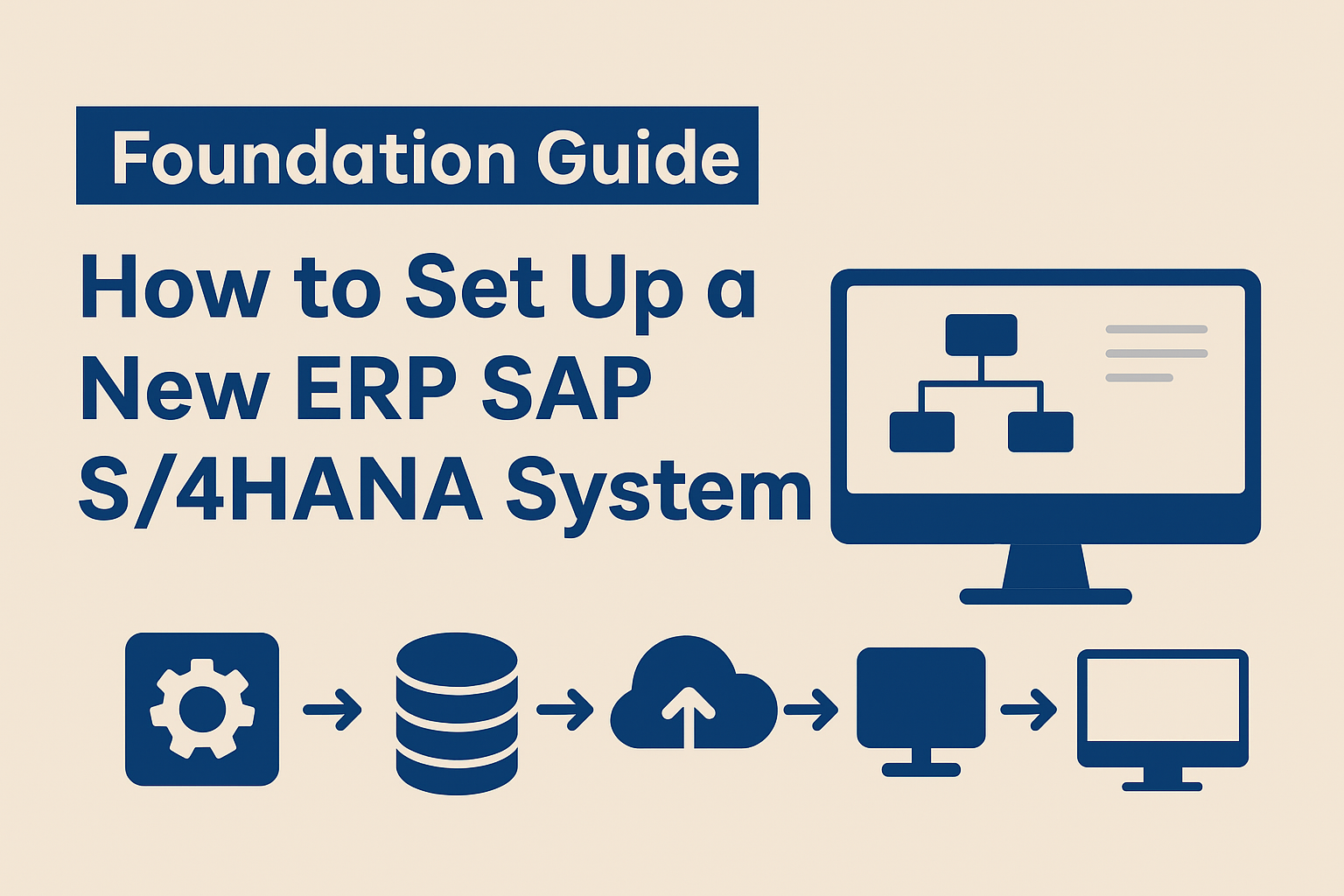✅ Key Takeaways
-
Learn how each term helps in financial tracking and business reporting
-
Discover the real-world use of terms like Company Code, Cost Center, and Internal Order
-
Get answers to the 7 most common FAQs in a beginner-friendly format
-
Know the benefits of mastering these terms for career growth and daily work
-
A great starting point if you’re new to SAP or planning for SAP FICO certification
Learning these 10 SAP FICO terms isn’t just for experts—it’s a smart move even if you’re just starting out. Let me explain it like we’re having a cup of chai ☕.
These terms help you understand how money moves in a business. Whether it’s tracking bills, payments, salaries, or budgets—SAP FICO is your tool to manage it all smoothly.
| Benefit | Why It Matters (In Simple Words) |
|---|---|
| 🧠 Understand Finance Better | You’ll know exactly where the money is going and coming from. |
| 📈 Create Clean Reports | Reports become super easy when your data is properly labeled. |
| ✅ Stay Audit-Ready | You won’t panic during audits—everything is already sorted and saved. |
| 🛠️ Make Smarter Decisions | With clear info, you can help your team or company take better actions. |
| 💸 Control Company Expenses | Track who is spending what, and why. Helps avoid waste. |
| ⏳ Save Time on Tasks | No more confusion—each task has its own type and place. |
| 🧾 Handle Real Projects Easily | Even small projects or departments can be tracked clearly. |
1. Chart of Accounts
📘 Your company’s financial dictionary. It lists every account used to record money in and out.
- ✔️ Organizes finances clearly
- ✔️ Keeps accounting neat and structured
2. Company Code
🏢 It’s like your company’s personal ID in SAP—where all transactions are tracked.
- ✔️ Enables company-specific reports
- ✔️ Keeps data clean and separate
3. Fiscal Year Variant
📆 Sets your business’s financial year (e.g., Jan–Dec or Apr–Mar).
- ✔️ Matches your company’s calendar
- ✔️ Controls when periods open/close
4. Posting Period
📅 Defines the months where entries can be made. Closed periods lock past data.
- ✔️ Prevents backdated changes
- ✔️ Ensures accurate monthly records
5. Cost Center
🏬 Represents a department or function (like HR or IT).
- ✔️ Tracks where money is spent
- ✔️ Helps in budgeting and analysis
6. Internal Order
📝 Great for short-term tasks or events (marketing, repairs, etc.).
- ✔️ Tracks temporary project costs
- ✔️ Helps manage small budgets
7. Reconciliation Account
🔄 Bridges the gap between sub-ledgers (vendors/customers) and your main ledger.
- ✔️ Keeps your reports complete
- ✔️ Simplifies tracking and auditing
8. Document Type
📄 A tag on every transaction (invoice, credit, payment) that shows what it is.
- ✔️ Organizes entries
- ✔️ Helps during audits and reporting
9. G/L Account (General Ledger)
📚 Stores the actual financial data—like rent, sales, travel.
- ✔️ Forms your income statements
- ✔️ Core of your accounting system
10. Asset Accounting
🏗️ Manages fixed assets—like buildings, laptops, vehicles—with depreciation.
- ✔️ Tracks asset value
- ✔️ Handles asset history and reports
Imagine you’re organizing your kitchen. Each container has a label—sugar, salt, rice—so it’s easier to cook without confusion. That’s exactly what SAP FICO terms do for a company’s money.
When you understand these terms:
-
You don’t guess—you know.
-
You don’t panic—you plan.
-
You don’t delay—you deliver.
Top 7 FAQs About SAP FICO Key Terms
Q1: What is the Company Code in SAP FICO?
✅ A: Company Code is like your business ID inside SAP. It’s the smallest unit where your financials are recorded. Every invoice, payment, or report is linked to a specific company code.
Q2: How is Chart of Accounts different from a ledger?
✅ A: The Chart of Accounts is a list of all the accounts your company uses. Think of it like a menu of options where you pick which account to use for recording a transaction. The ledger stores the actual entries.
Q3: What is the use of a Posting Period?
✅ A: A Posting Period is the time slot (usually a month) when you’re allowed to make financial entries. It helps control what period data is recorded in—so no one enters January bills in April by mistake!
Q4: Why is the Fiscal Year Variant important?
✅ A: The Fiscal Year Variant decides your company’s financial year pattern. Not every business follows January to December—some might go April to March. SAP adjusts your reports and months accordingly.
Q5: What does a Cost Center track?
✅ A: A Cost Center tracks where money is spent inside your company—like HR, IT, or Marketing. It helps you see which department is spending how much.
Q6: What is an Internal Order used for?
✅ A: Internal Orders are used to manage temporary tasks or small projects. For example, if your company is organizing a training session, all costs related to it can be tracked through one internal order.
Q7: What’s the role of a Reconciliation Account?
✅ A: Reconciliation Accounts are used to connect sub-ledgers (like vendors or customers) to the main general ledger. They make sure every transaction appears correctly in your financial reports.
Want to learn with real-life examples and step-by-step support?
📞 Call: +91-74287 06064
🌐 Visit: www.ageistechnova.com
📧 Email: info@ageistechnova.com



